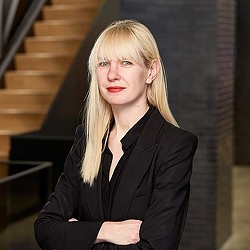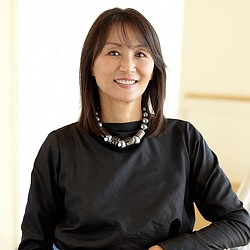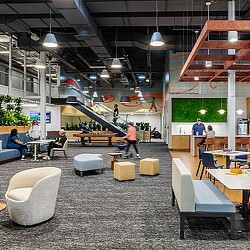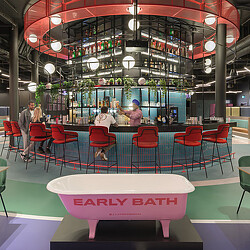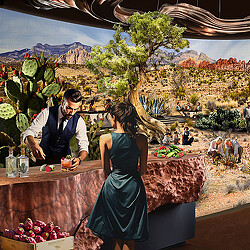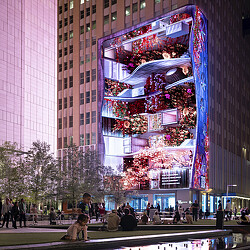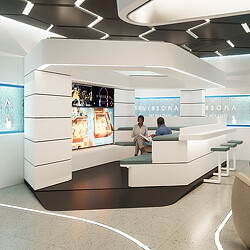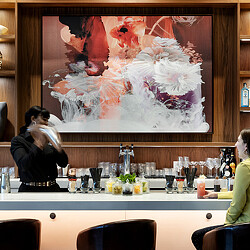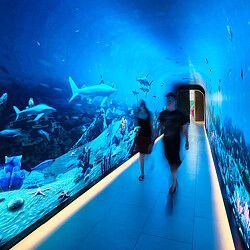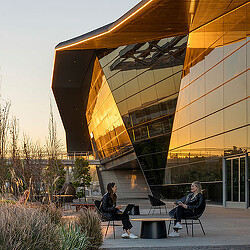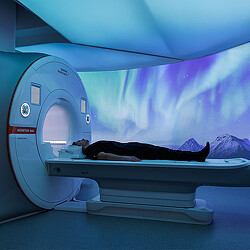What Spa and Wellness Spaces Can Teach Us About Transforming Behavior
Luxury hospitality and spa experiences are leading the charge in changing how we experience and interact with technology.
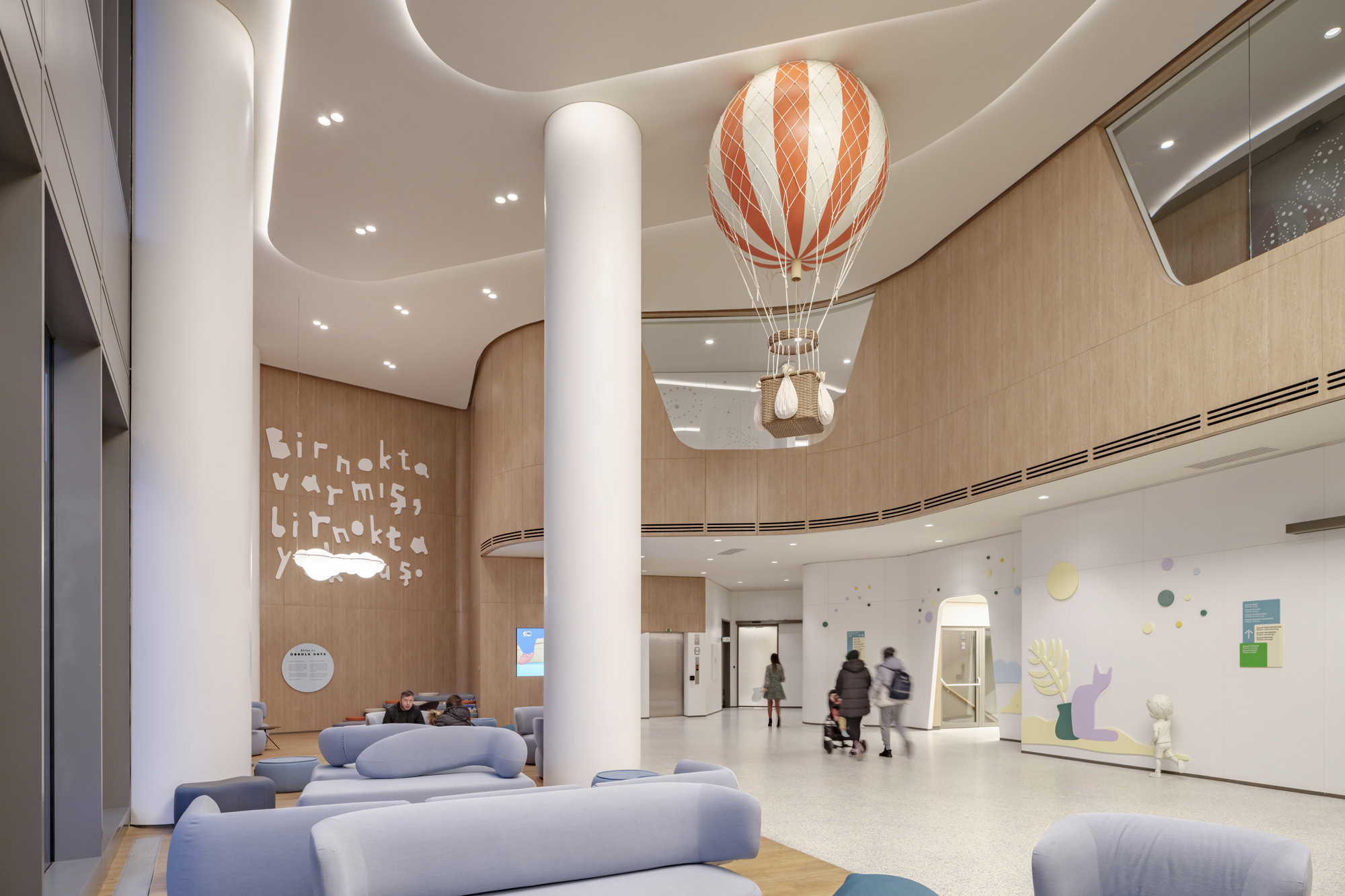
The “loneliness epidemic” may well be one of the most consequential design challenges of our time. To respond to this pervasive sense of isolation, loneliness, and a need to reconnect, we can look to some of the oldest traditions — and newest techniques — within technology and hospitality to address this issue with the urgency and empathy it deserves. By the same token, the rise in culture of interest in and experiences geared toward self-improvement and personal and collective transformation underscores the appetite for care-driven, purposeful design beyond traditional hospitality settings.
We can map this mandatory evolution onto Abraham Maslow’s famous Hierarchy of Needs, which describe the way that human behaviors tend to progress from the basic needs of food, water and shelter (Physiological needs), health and job security (Safety), love and social connections (Belonging), self-respect and respect from others (Esteem), and creativity and reaching one’s full potential (Self-Actualization).
I spoke with my colleague Siobhan Barry, a design director and hospitality leader in Gensler’s New York office, about designing for human experiences in hospitality design, and what wellness-driven experiences can teach us about transforming behavior.
“Hospitality captures base physiological needs, as well as safety and security,” Barry said. “The places that build upward from that — and that is going to be the base case in the future — are the places that will mean something.”
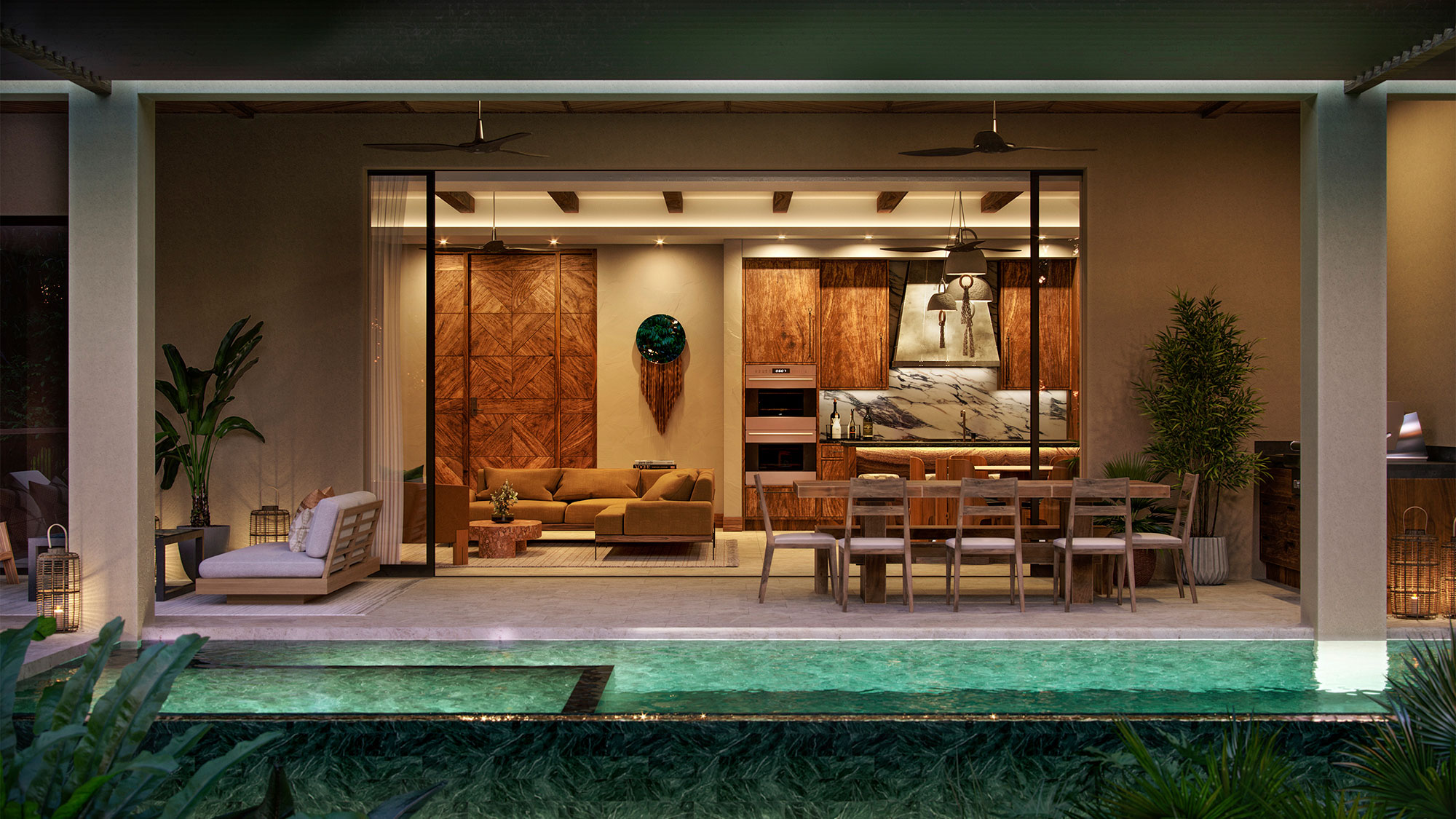
Exploring the Spa-naissance
Few spaces deliver on the full spectrum of human needs like a spa, and with wellness evolving and growing so rapidly, spas are experiencing their own renaissance right now. “For the last 30 years, spas have had such a narrow set of expectations,” Barry said. “How do we make a Roman spa? How do we get celebration and connectivity back? There can be much more richness to these experiences.”
Roman baths and hammams are the origins of human wellness, and they played two different roles in society that we see emerging again with equal importance: optimizing the body and gathering community. There was a physical and emotional definition and experience of wellness and care built into those spaces. Now, instead of only having individual treatment rooms, spas have spaces for group activities or rituals that are designed for people to participate in collective experiences. Spas are leading the charge in exploring how sensory experiences, from the most basic cold plunge to the most immersive infrared color baths, can shock us back into our bodies and reconnect us to ourselves and to others.
Luxury hospitality and spa experiences are now trending toward advancements in science, personalization, and extending the relationship between the physical experience and ongoing digital monitoring. Transformation doesn’t occur overnight (Roman baths weren’t built in a day!).
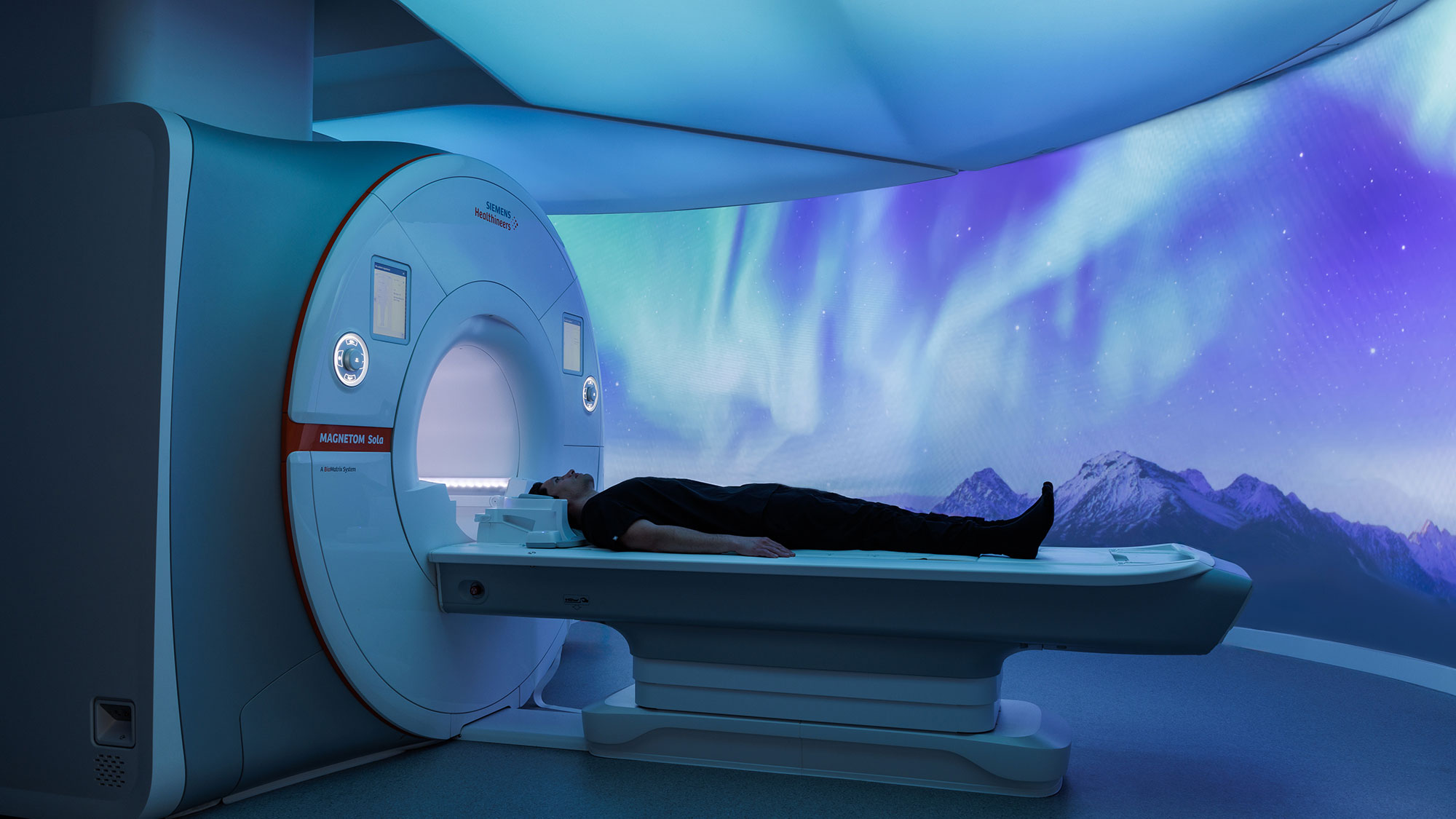
The TELUS Health Precision Clinic in Calgary took this hospitality-driven, care-first approach to healthcare and incorporated technology and data into the physical experience at the clinic to improve the experience of getting an MRI with immersive floor-to-ceiling visuals to calm patients for more accurate results. Getting diagnostics done can be unnerving and anxiety-inducing, but the experience at TELUS prioritizes communicating data and health information with clear visual displays to make health testing more understandable and digestible for long-term action. Empowering individuals to develop a new relationship to their bodies through a deeper understanding of their own health data can have transformative, behavior changing results.
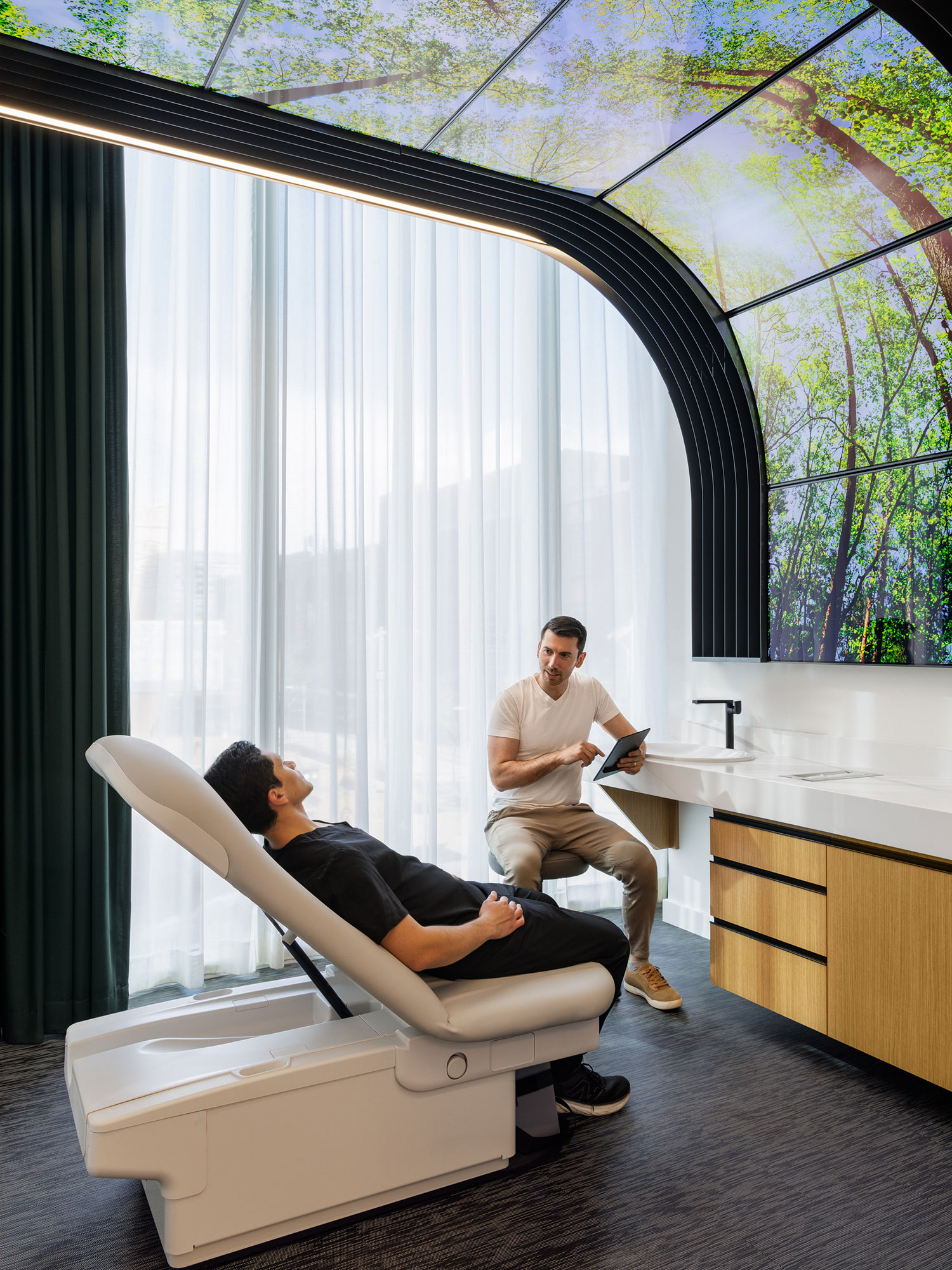
In Ataşehir, Turkey, Acibadem Ataşehir Hospital and Children’s Pavilion takes a holistic, creative approach to patient care that is helping to reshape ‘wellness healthcare’ through its research-driven, high-tech, and human-centered hub. Its outpatient polyclinic model integrates exam and consultation spaces, while inpatient rooms offer scenic views and circadian lighting control. A “healing garden” theme throughout enhances well-being, while digital wayfinding systems ensure a seamless patient journey. In the Children’s Pavilion, hot air balloon motifs transport young patients to themed magical wonderlands — creating an environment of positive distraction, comfort, and safety. By integrating technology, nature, and comfort, the healthcare company aims to set a new standard for well-being.
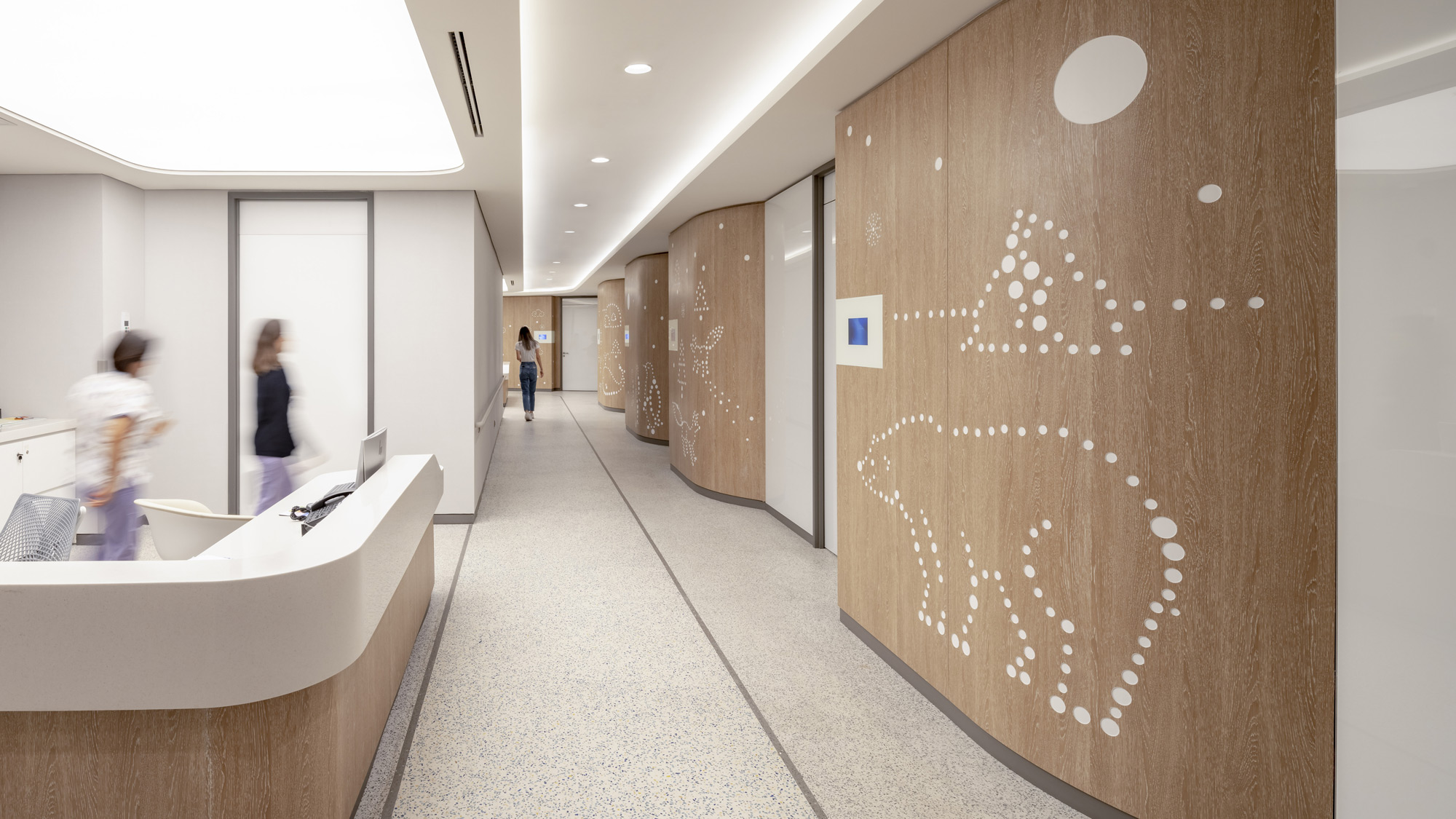
Taking Cues From Calm Technology
Personalization may be the zeitgeist, but it’s far from the only way wellness spaces are leading the charge in terms of transforming our experience of technology. One of the most powerfully healing aspects of spas is that we are removed from constant stimulation. They offer the antithesis to the constant bombardment of being “plugged in” and instead are designed to instill feelings of calm and peace.
Wellness spaces, spas in particular, are designed to foster emotions of care, connection, community, rejuvenation, and transformation. Those are the themes that technology promised, but the quality of experience didn’t deliver on them. So now, how can we reimagine what technology means in time and space to support those necessary pieces of human existence, those top rungs of Maslow’s pyramid?
In sensory spaces like spas, technology takes a backseat. To use author Amber Case’s phrasing, “calm technology” is designed to come from within. We don’t see a screen. We don’t see buttons. We have a sense that the environment is for us and of us. It relates to us on a human scale, instead of constantly distracting us and stimulating us. This definition of immersive paints a new way of accessing technology through multisensory choreography and cohesive environments designed to truly enable and support human care and human connection rather than isolation and distraction.
We’re seeing more examples of calm technology incorporated in workplace wellness rooms, especially in the technology industry, where space subtly reacts to presence in support of emotional well-being. There is also a rise in culture around listening spaces, where the architecture is designed to promote high quality listening experiences that are device-free and often in the dark. The interplay of architecture, sound design, and technology creates an immersive, embodied, and collective experience.
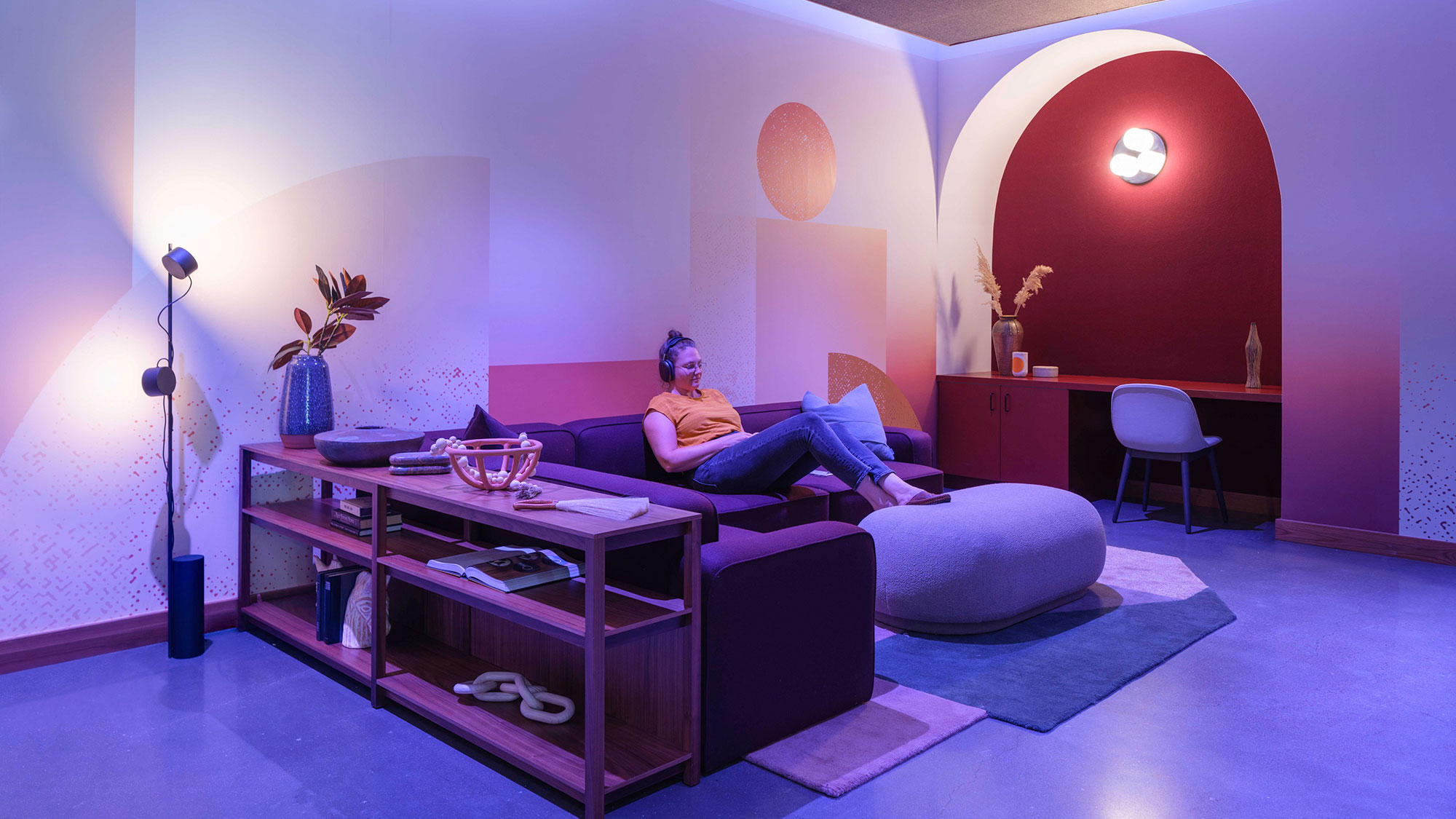
As hospitality-informed approaches become more integrated into a range of environments and wellness continues to grow as a priority in culture, we can look to spas to think about designing our experiences to promote connection to our bodies and to each other.
Multisensory choreography, often supported by technology, can have transformative results on the individual and the collective. Responding to this cultural movement of people seeking out more experiences geared towards reconnection through travel, wellness and spiritual practices, and healthcare requires a design approach that centers human care and somatic transformation.
Siobhan Barry also contributed to this blog post.
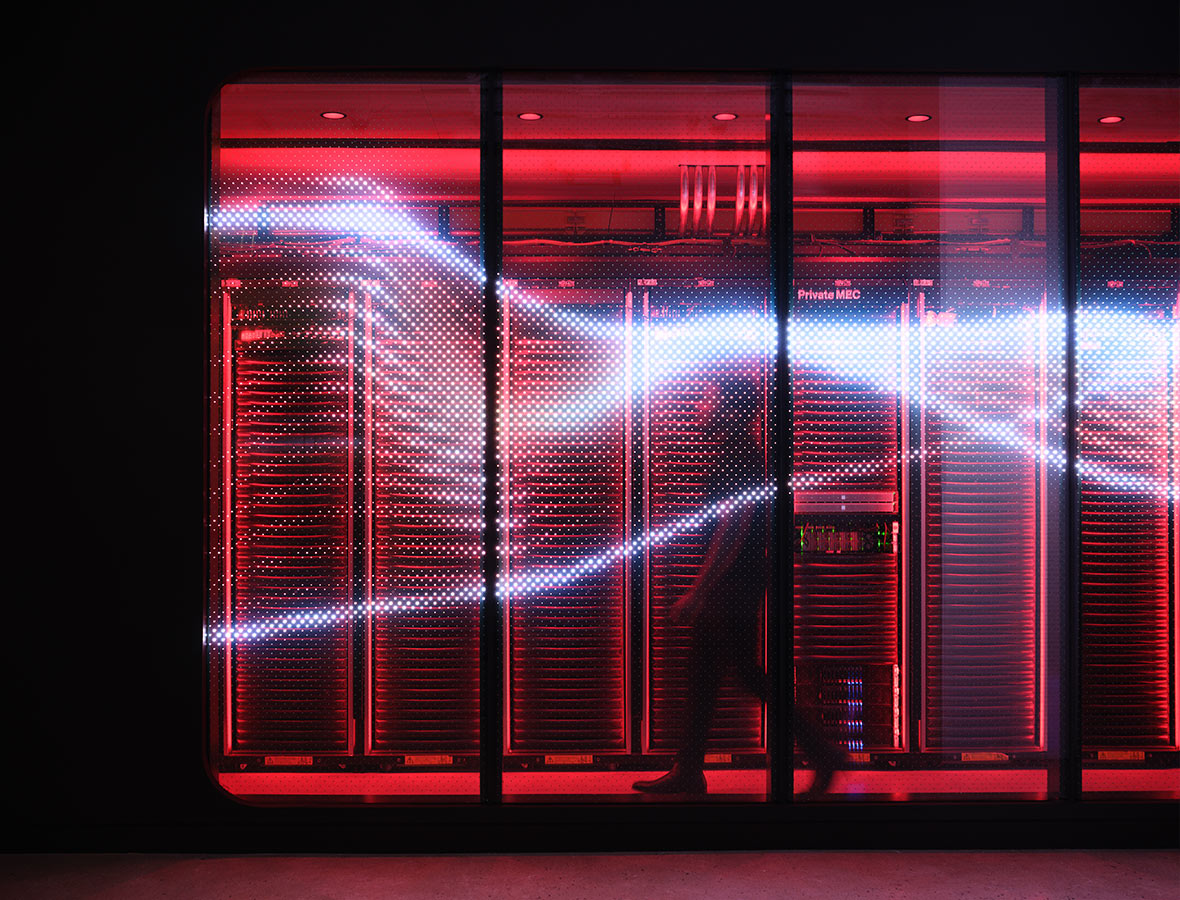
For media inquiries, email .
